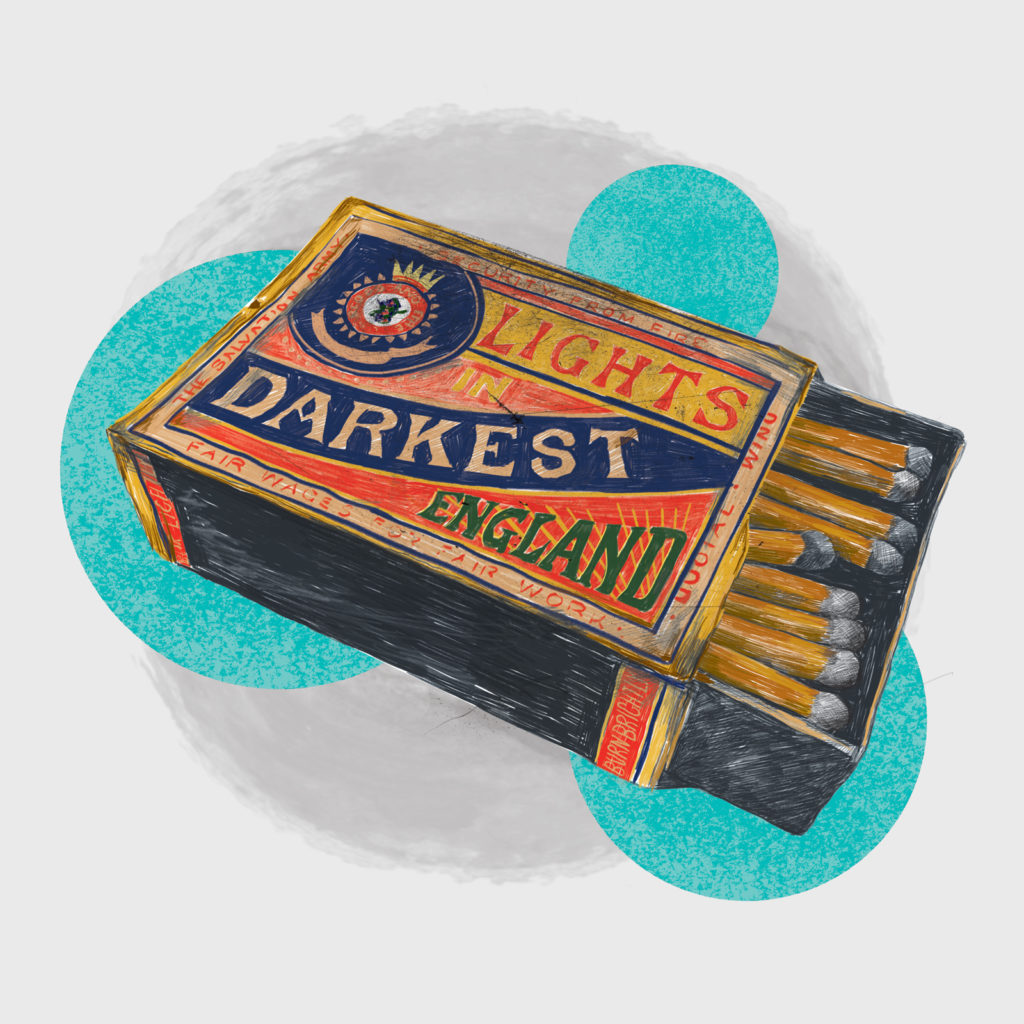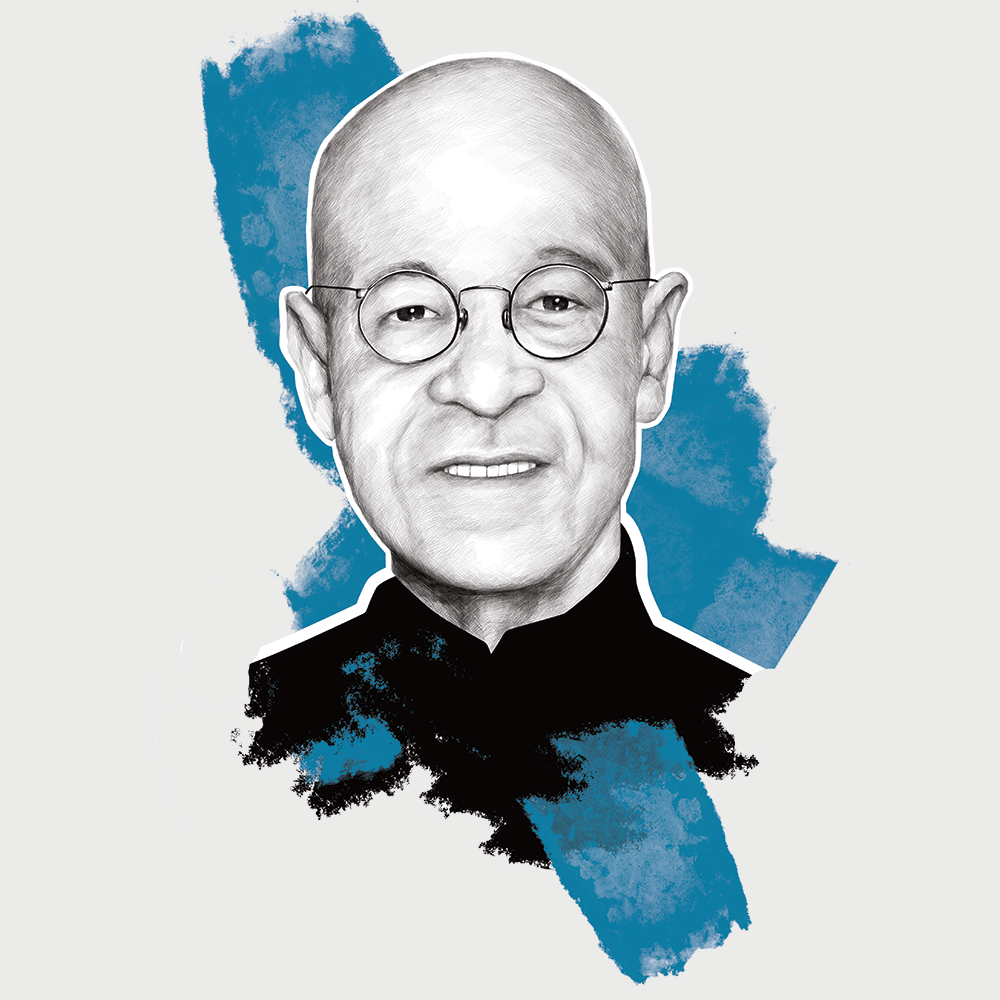The Matchstick Factory
The Salvation Army pioneered significant changes over the decade of producing safe matches.
In prehistoric times, our early ancestors lit a fire using wood, stone and flint. When struck together, sparks flew and lit a fire. This method had its drawbacks, especially in cold and damp weather. Robert Boyle, a 17th century French chemist, invented the first match. He applied sulfur particles (nicknamed “brimstones”) at the top of a thin stick of wood. Rubbing the sulfur head on a heavy paper coated with phosphorus lit the match.
Over the next two centuries, the production of matches steadily increased. In 1897, throughout Britain, 4,152 people worked in 25 match-making factories. Of this number, 2,658 were adults. 36 percent of the factory workers were children between the ages 14-18. Two were under the age of 14.
Regrettably, as a result of inhaling phosphorus vapor, the match-making workforce was susceptible to the toxic disease named phosphorus necrosis of the jaw, also known as “phossy jaw.” The progression of the disease began with toothaches and flu-like symptoms, followed by tooth loss, abscesses and swelling gums. An estimated 20 percent of the workers died.
In 1891, The Salvation Army established its own matchstick factory in the Bow district of London, using less toxic red phosphorus and paying higher wages. Beyond the urgent objective of curbing the disease of phoassy jaw was the need to improve the general conditions of the destitute population who extensively used white phosphorus-based matches at home. It was common for young children to die because of eating these matches.
The Salvation Army faced considerable challenges in this endeavor, not the least of which was the fact that their matches were three times the price of white phosphorus-based matches. In addition to the higher prices, the Army refused to employ child labor. In the end, the Army’s match factory lost the challenge to successfully compete in the market.
The Army’s enterprise enjoyed limited success because their supporters refused to buy white phosphorus-based matches. But the factory continued to struggle to compete on price. In November 1901, the Bryant and May Company acquired the matchstick factory. The legal agreement required the new owners to only use the less toxic red phosphorus and maintain the increased salary level for all workers.
The Salvation Army pioneered significant changes over the decade of producing safe matches. In 1908, the British Parliament passed an Act prohibiting the use of white phosphorus in matches after December 31, 1910.
So What?
What are some social justice issues that The Salvation Army engages in today? How can you play a part in easing the suffering in the world and “Doing the Most Good” for the Kingdom?




Comments